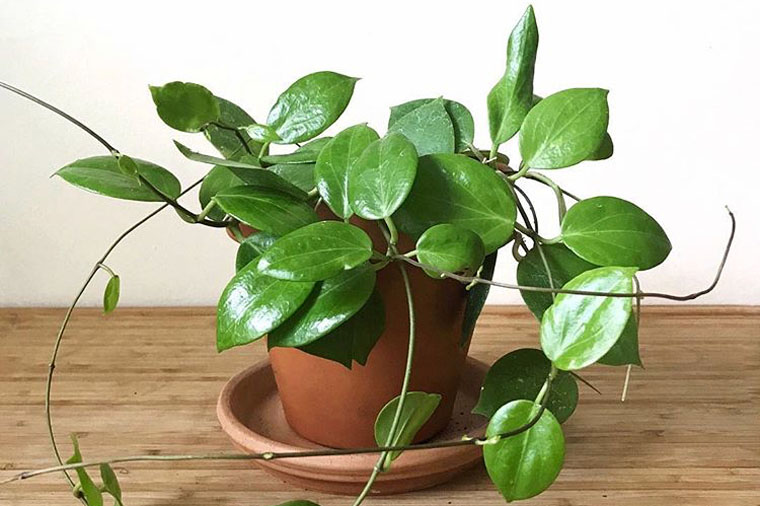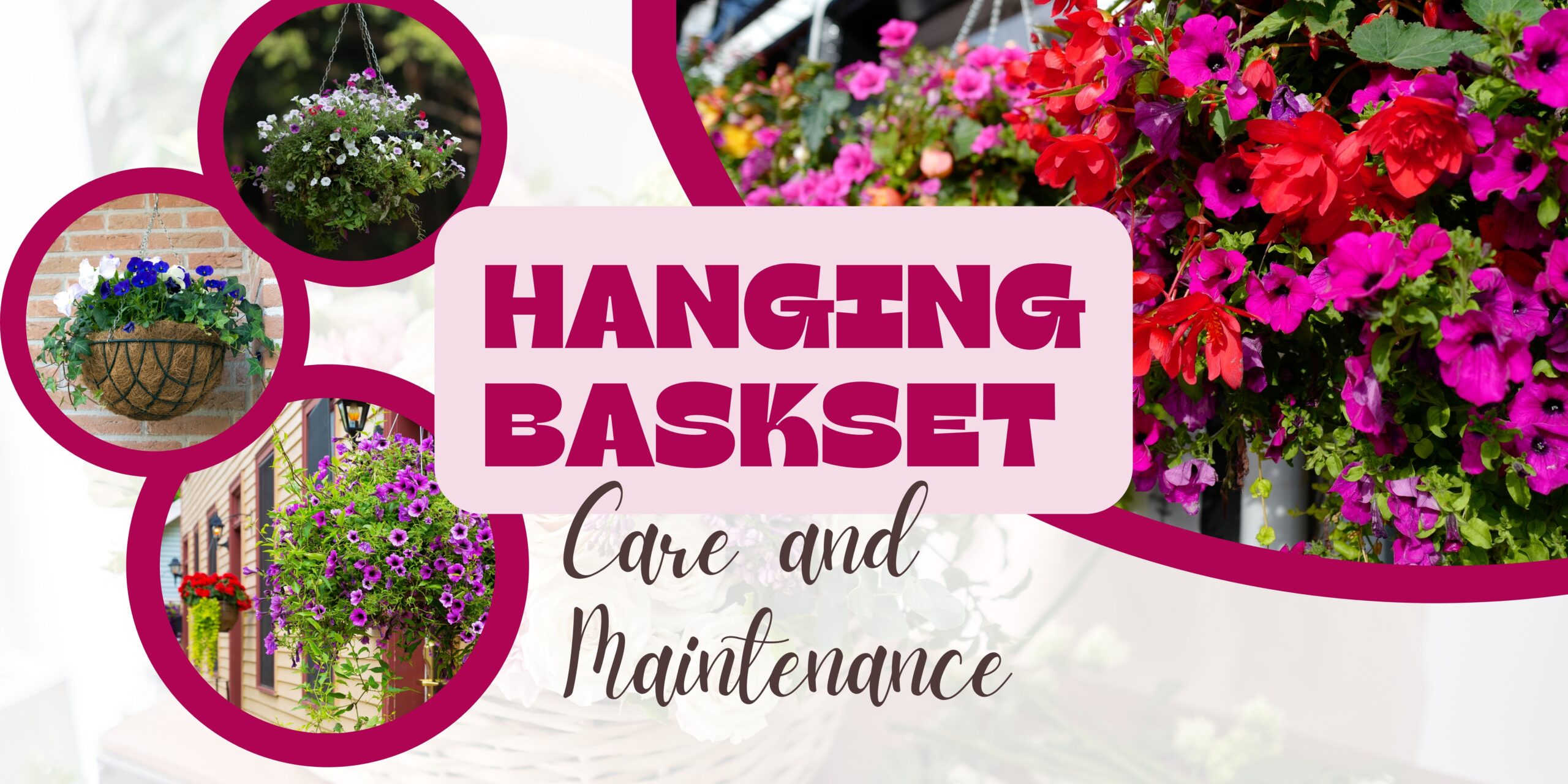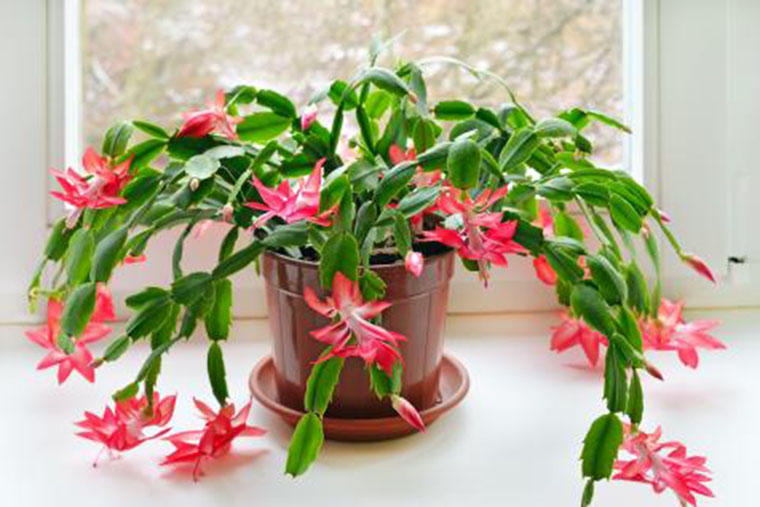All About Hoyas
Hoya is a genus of 200-300 species of topical plants in the dogbane family, Apocynacae. Common names for this genus are wax plant, wax vine, wax flower or simply hoya. Hoyas are an evergreen perennial with a vining growth habit. In their native habitats, in Asia and parts of Australia, they are often found vining up trees and occasionally across rocky areas. In our part of the world, hoyas are a favoured house plant for their vining habit and ease of care.
They have simple leaves, arranged in an opposite pattern, that vary in size, shape, texture, colour and venation. Hoyas can also flower under the right conditions. Flowers appear in umbellate clusters and typically consist of five thick, waxy, triangular petals which are topped with another star-shaped structure, the corona. Most species have flowers that range from white to pink and many are sweetly scented.
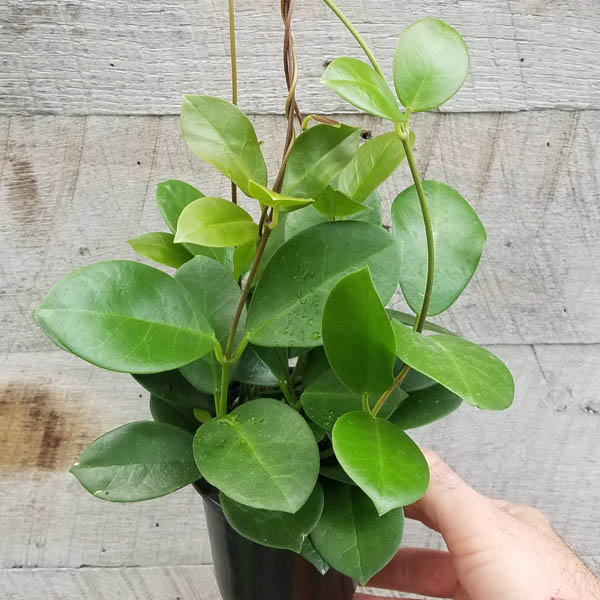
Hoya Australis
The Australis has rounded leaves that are not succulent-like and new growth is typically reddish in colour.
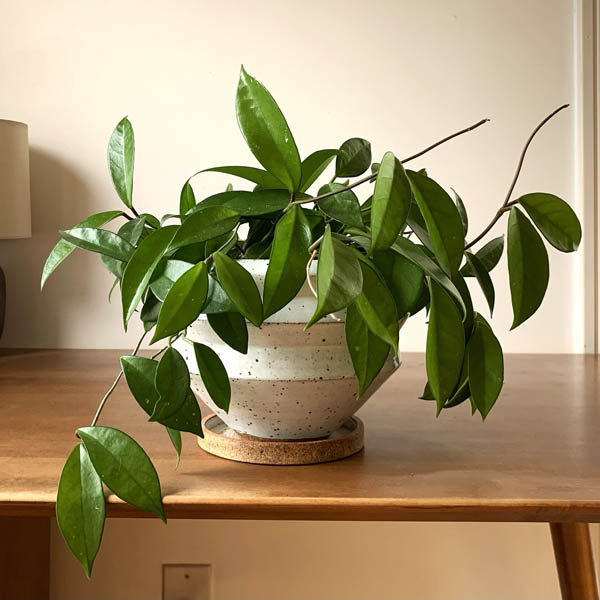
Hoya Carnosa
The Carnosa, also known as the classic hoya, has pointed leaves and many sub species.
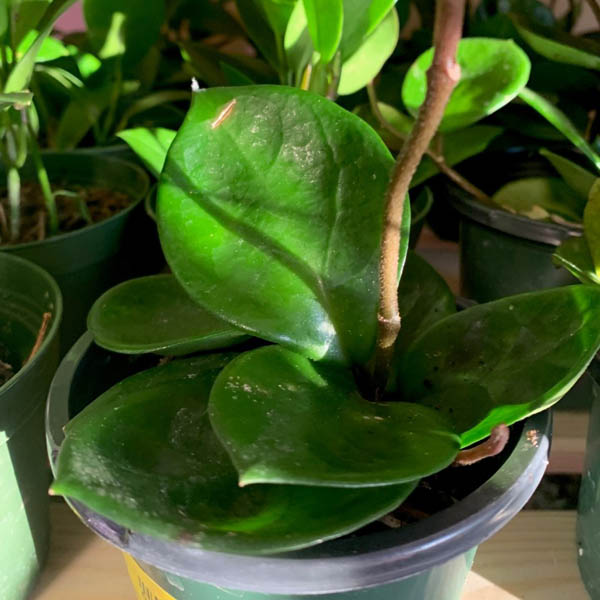
Hoya Carnosa Rotunda Green
The Carnosa Rotunda Green has succulent-like round shaped leaves and new growth can can appear heart shaped.
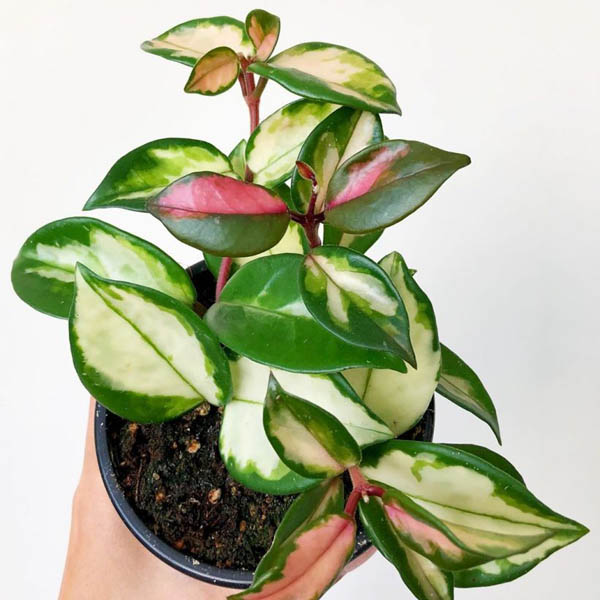
Hoya Carnosa Pink Princess
The Carnosa Pink Princess features a variegation at the centre of the leaves which can become pink in high light conditions.
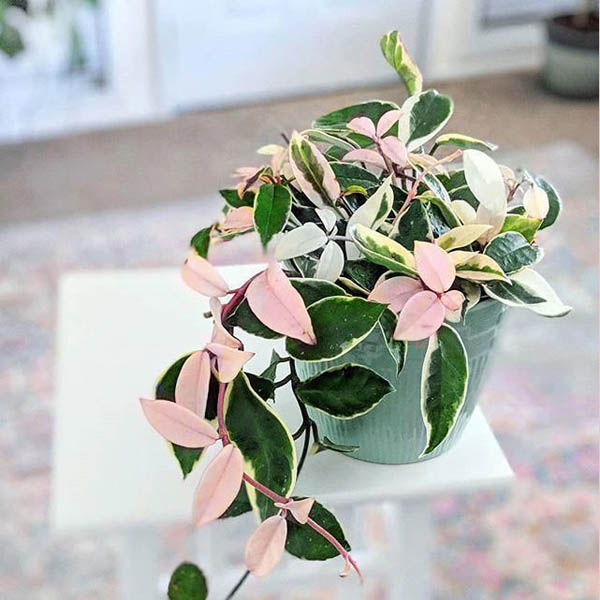
Hoya Carnosa Tri-Colour
The Carnosa Tri-Colour has an outline of white on the leaves and can produce purely pink and white leaves.
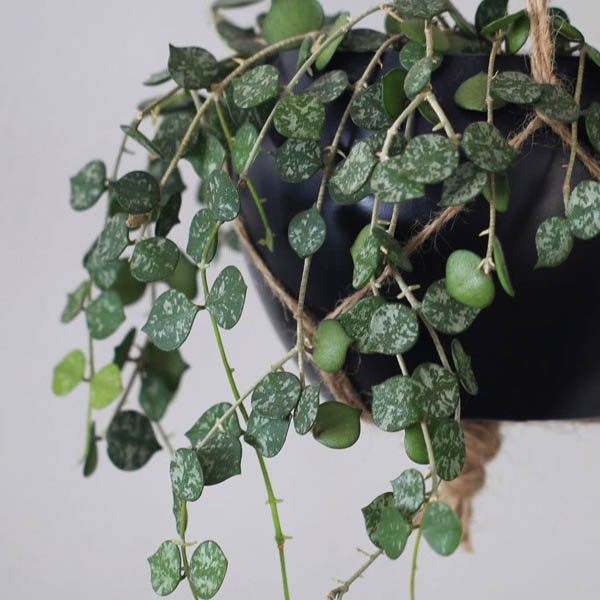
Hoya Curtisii
The Curtisii has beautiful, tiny leaves shaped like a spade with a gorgeous silvery variegation.
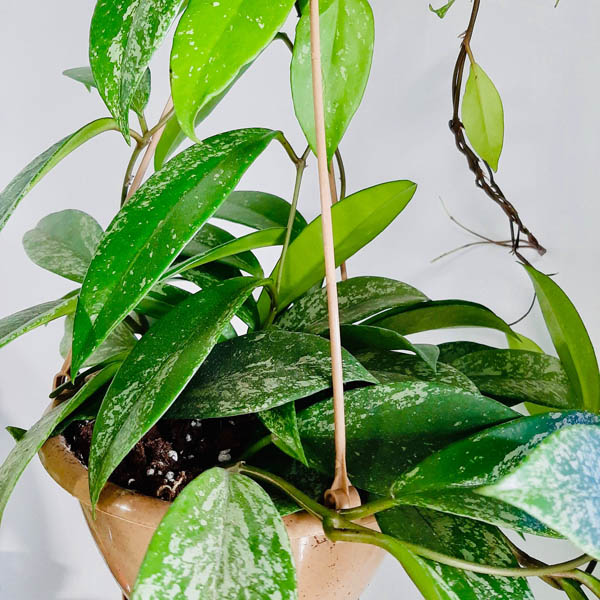
Hoya Pubicalyx Splash
The Pubicalyx Splash has long leaves, that are still quite wide, with silver flecks throughout.
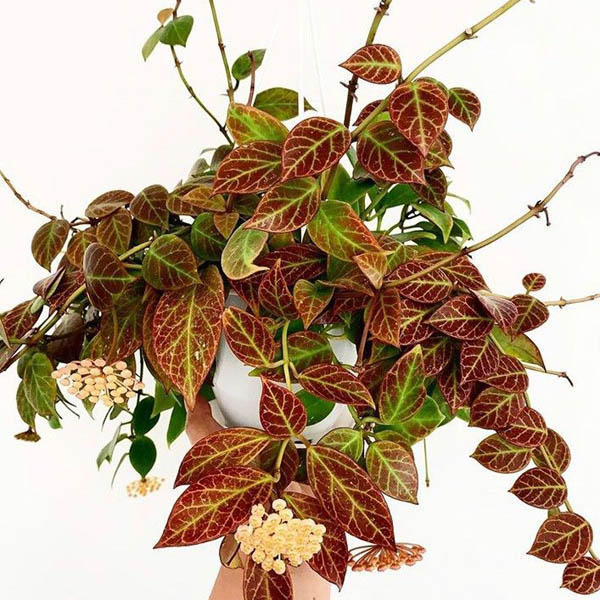
Hoya Sunrise
The Sunrise will produce red leaves with green veins in high light conditions.
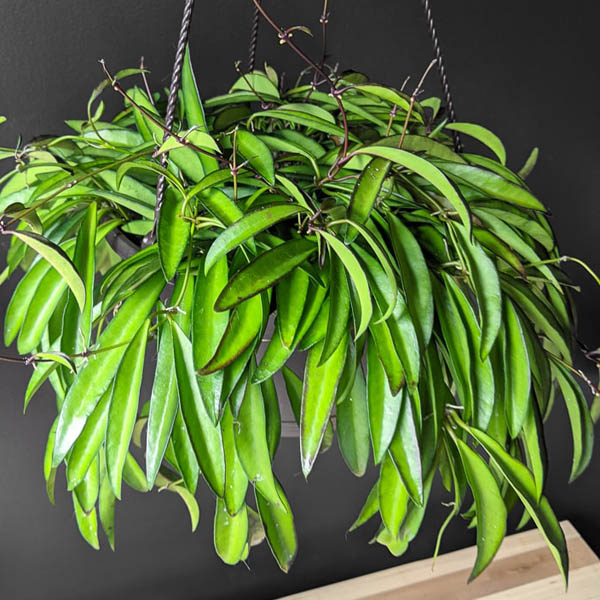
Hoya Wayetti
The Wayetii has vibrant green elongated leaves with distinctive darker edges that may vary in redness depending on light conditions.
Plant Care
Light
Select a place that gets bright, indirect light. Don’t let their waxy foliage fool you. They are not succulents and can’t take harsh afternoon light. They will grow in lower light situations but it’s unlikely they will bloom.
Soil
Potting soil with good air circulation is very important for Hoya. To create a perfect blend, mix equal parts of Espoma’s organic Cactus Mix, Orchid Mix, and Perlite.
Water
In general, they are very drought tolerant plants, and they prefer to dry out in between thorough waterings. Always water thoroughly, allowing ALL of the soil to soak with water. Make sure your pot has a drainage hole and allow all the excess water to drain out. Keep an eye on the soil, and use your finger to judge the soil dryness. Allow a minimum of 1-2 inches of top soil to dry out before watering. You can even allow all of the soil to completely dry out, but make sure to water it well at that point.
Humidity
Hoya are tropical plants that thrive in humid conditions. Use a humidifier to bring the humidity levels up, especially in winter when indoor air tends to be dry. A saucer with gravel and water also provides humidity as the water evaporates. Misting with room-temperature water also helps but avoid spraying the flowers.
Temperature
Keep the room temperature warm year-round, try not to let it drop below 60 degrees Fahrenheit. It’s also best to keep plants from touching cold windows and away from heating and cooling vents.
Repotting
Hoya like to be pot-bound or crowded in their pots. They will only need to be repotted every two or three years.
Pot Size
Hoyas can stay in the same pot for many years. In fact, they prefer to be pot bound, but eventually they need repotting as well. One very, very important tip for repotting Hoyas is to only go up one pot size. This is a good rule of thumb for any houseplant, but especially for Hoyas. For example, if your Hoya is growing in a 4 inch pot let’s say, don’t go any bigger than a 6 inch pot for its next new home. When you place your plant into a pot that is far too large, what happens is that it will take too long for the soil to dry out and the roots become water logged.
Pruning
Prune in spring before vigorous growth begins. The stems with no leaves are called spurs and shouldn’t be removed. Flowers are produced on the same spurs year after year. Hoya are vining plants that will happily cascade from a shelf or windowsill. Conversely, they are often trained onto trellises that are either vertical or circular, giving the impression of a more robust plant.
Flowering
You may need to have more than one of these conditions for blooming to occur.
– You’ll need at least half a day of direct filtered sun to help blooming along.
– Having a root bound plant will also coax your plant into bloom. Hoyas in general like tighter pots.
– Cooler evening temperatures (not below 50F though) will help trigger blooming too.
– A dry rest period of 4-5 weeks during the winter time may also help. Keep an eye on your plant though to make sure that it’s not suffering too much, but Hoyas are pretty drought tolerance and should be OK!
Toxicity
Hoyas are not considered to be toxic or poisonous.
Plant Problems
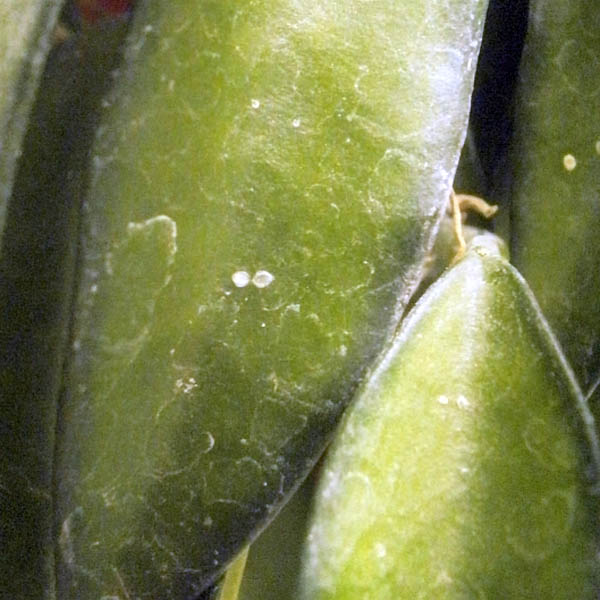
Mineral Residue
This is from mineral rich water and fertilizer sitting on the leaves, leaving a residue. This will not hurt the plant at all and can be wiped off and polished with neem oil.
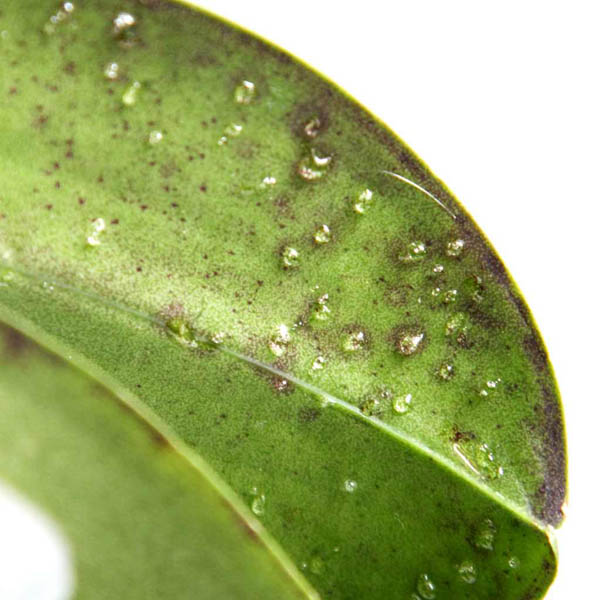
Guttation
Guttation occurs when a plant oozes water and minerals out from perfectly healthy leaves, stems, and sometimes even flower petals. For indoor plants, there is a risk when too much guttation occurs. It evaporates and leaves white spots on leaves. It takes place when roots of a plant absorb more water than the plant actually needs.
Treatment :
To reduce guttation on houseplants, you can do the following.
– avoid watering in the evening.
– water with soft water or rainwater, not mineral-laden hard tap water.
– don’t over-fertilize, since it keeps adding minerals to the soil. Better to repot or top dress a plant instead.
– wipe the spots off gently with a soft moist cloth.

Oedema
Oedema is a type of abnormal water retention in plants, often influenced by the plant’s environment. Favourable conditions actually encourage edema in many cases, since affected plants already have a fair amount of water in their systems, providing them with more can just encourage them to gorge on liquid. Any time the plant takes up water faster than it transpires, edema becomes a risk.
Roots tend to absorb water faster when the water is warm and the atmosphere is cool, so wait to water until the sun is up in the morning whenever possible. Indoors, humidity can also have a considerable influence on edema; improving air circulation around plants will help reduce humidity into safer ranges.

Leaf Spot
Leaf spot is a disease that is caused by bacteria and fungi. This usually looks like small, circular black dots that spot your leaves and slowly spread across the plant if left unchecked. Leaf spots generally occur when fungal spores in the air find a plant they can grow on.
Treatment :
1. Use a copper fungicide to spray the affected leaves of the hoya plant. Copper is a safe option for indoor plants, and you can also find organic fungicides that are safer still.
2. Mix the solution with water and spray it on the leaves. Repeat the process according to the instructions given on the label of the product.
Prevention :
1. Keep the leaves dry as much as possible.
2. If the plant has been infected, make sure you remove all the infected leaves along with applying the copper fungicide treatment.
3. Inspect the surrounding plants for any signs of infection as the disease is highly contagious.
Cold Damage
Cold damage looks really odd. The leaves will feel strange, somewhat leathery but stiff. They may turn yellow or red, and sometimes they will get an opaque look to them. The plant may physically droop and wilt, as well. To prevent cold damage, keep Hoya indoors and away from cold windows and exterior doors, especially during winter months.
 |
| 
